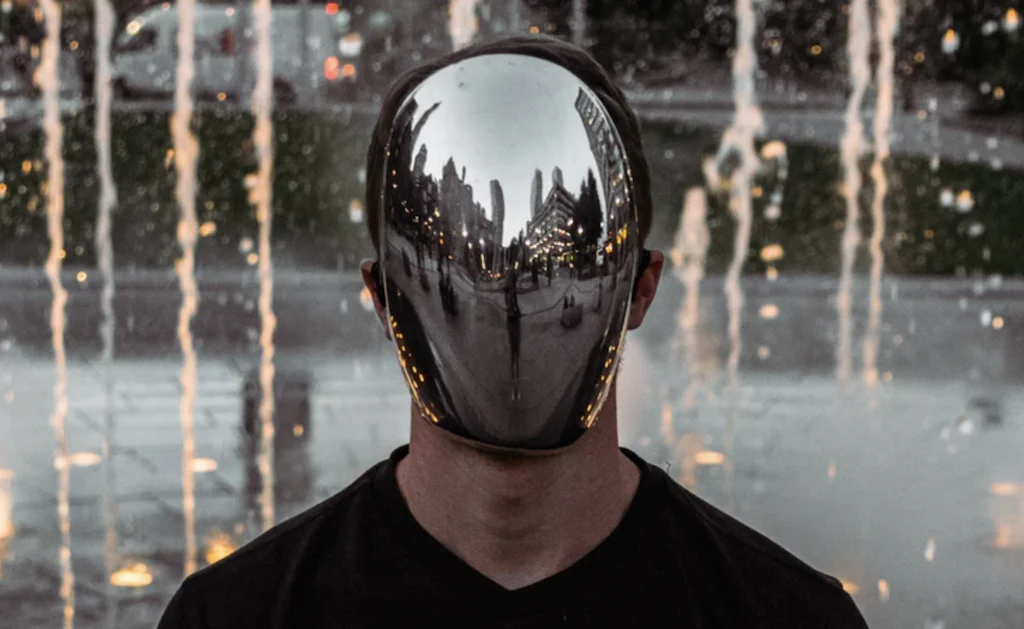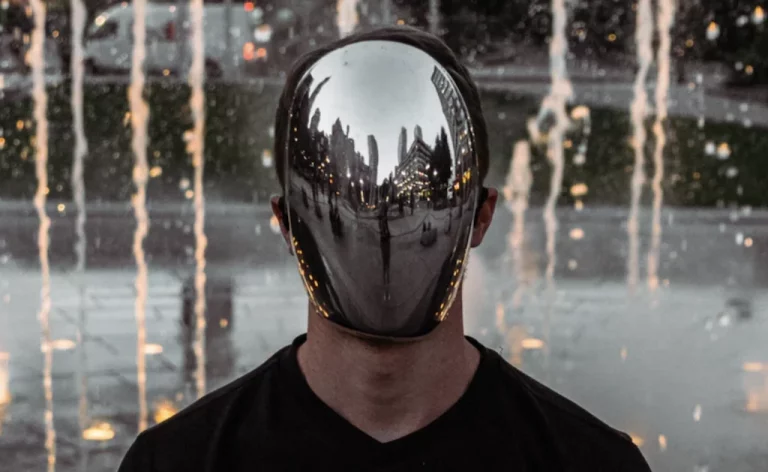Your organisation has a personality. It’s present in your culture, values, and processes. A brand archetype can consolidate your organisation’s personality into a character that is easily recognised in the collective imagination of the public.
When Apple launched the iPhone 4 in 2010, the ads read, “This changes everything. Again.” This bold and memorable slogan channelled the Innovator archetype. Think Thomas Edison, think the Wright brothers, then think Apple.
Archetypes not stereotypes
Whereas stereotypes are speedy generalised judgments of social groups which dehumanise and demean the individual, archetypes add depth to the individual and empower choice. For example, Sandra Bullock’s character in The Blind Side compels audiences not because she is a stereotypical soccer mum, but because she is a vision of the Caregiver archetype.
Why are brand archetypes important for my brand?
By identifying your brand archetype based on your brand purpose, vision, and offering, you can infuse your brand with humanity. This can then be used to inform your communications, relationships, and business strategy.
Sacha Baren Cohen, for example, is a Provocateur, you’d immediately understand. His shenanigans can easily offend, and yet at times open our eyes to the contradictions and superficialities that inundate the everyday. His flagrant disregard for social norms also conveys a certain fearlessness. Hence, a Provocateur brand might not have to worry about being politically incorrect or releasing a ballsy new product. This is an example of how the immediate emotional understanding that archetypes offer can translate to action.
Brand archetypes do 2 things:
- They draw on collectively understood meanings to resolve brand inconsistencies
This helps to focus communications campaigns and initiatives. When a brand is aligned internally and externally, the resultant corporate cultural integrity creates synergy. Archetypes also help to uncover previously unidentified roadblocks. - Archetypes build trust. A congruent brand story and value journey creates buy-in from audiences. As audiences generate their own intuitive and emotional understandings of the brand, they begin to identify with the brand as well.
How to use brand archetypes?
Identified your archetype? Great! Now there are tons of ways you can apply them across your business culture, shorthand, value and mission alignment, brand personality, etc.
Here are some key ones:
- Social media: Make your voice consistent across social media channels, but still tailor it to the goals of each platform. Be deliberate about how you present yourself.
- Corporate identity: Build a mood board to inform the artistic style, metaphor, pacing, tone, and colour of your corporate identity, or a specific business initiative.
- Target audience: Use your archetype as a proxy for the motivations of your target audience. How do they relate to your brand archetype? Imagine what they might agree on, expect of each other, or how they might interact with one another. This exercise can help you better understand your target audience’s motivations and guide you in responding to them.
What is your brand archetype?
Now that we’ve introduced you to brand archetypes and showed you how they can strengthen your brand. Find out who you are with our quiz.
Do you disagree with your results or want to find out more about your archetype? Email us for a free brand clinic today: hi@anticsatplay.com
References
- Hartwell, Margaret Pott and Chen, Joshua C. Archetypes in Branding: A Toolkit for Creatives and Strategists. 2012.






